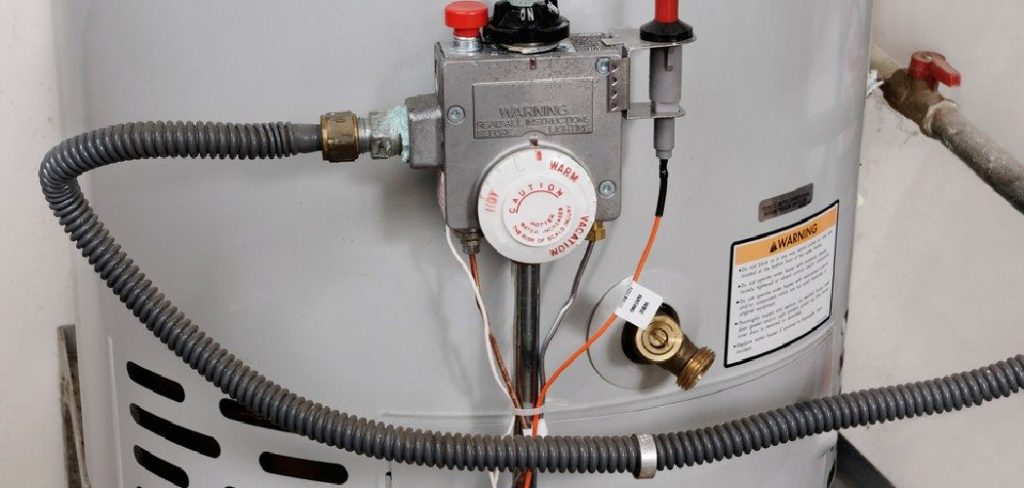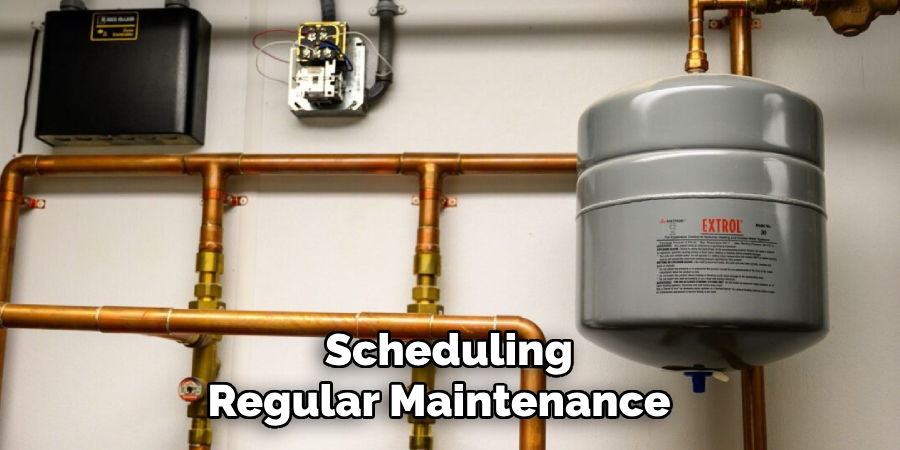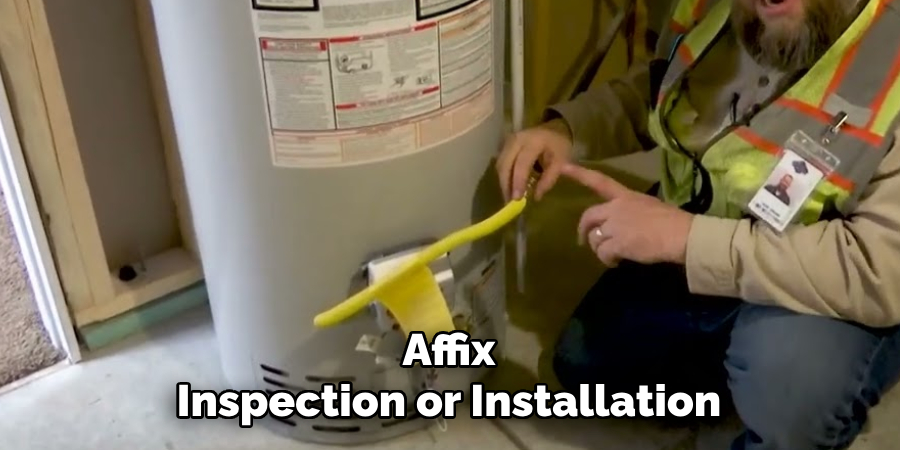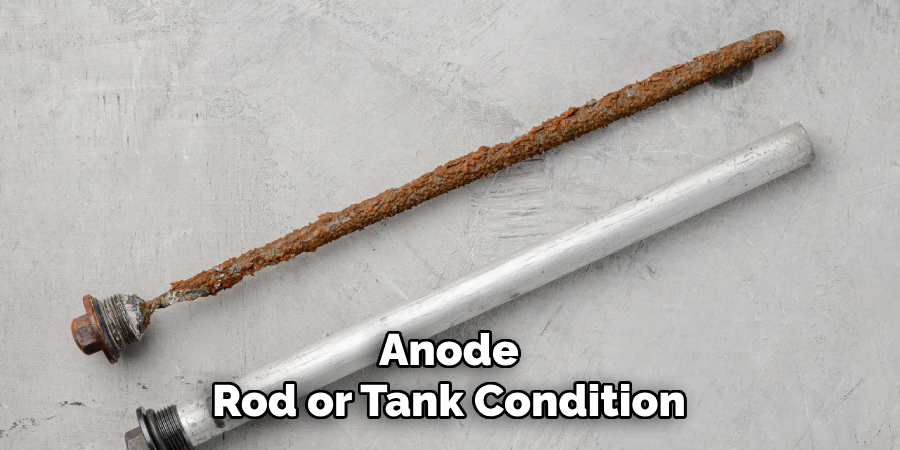Determining the age of your hot water heater can be an important step in maintaining your home’s plumbing system. Over time, water heaters can lose efficiency and run the risk of failing, which could lead to costly repairs or replacements.
Knowing the age of your unit helps you plan for maintenance or upgrades before problems arise. This guide explores the key aspects of how to tell how old a hot water heater is. While it might seem tricky at first, identifying the age of a hot water heater is often straightforward with the correct approach.

Common Reasons for Checking the Age
There are several reasons why determining the age of your hot water heater is important. First, older units are more prone to inefficiencies, leading to higher energy bills. Knowing the age helps you gauge when it might be time to replace the unit with a more energy-efficient model. Secondly, identifying the age can help you avoid unexpected breakdowns, as water heaters typically have a lifespan of 8 to 12 years.
Finally, some home warranty companies or insurance policies may require knowledge of the water heater’s age to ensure proper coverage. Regularly checking and understanding the age of your unit is a proactive step in avoiding costly repairs and ensuring consistent hot water supply in your home.
Why the Age of Your Water Heater Matters
The age of your water heater plays a significant role in its safety, performance, and overall efficiency. As water heaters age, sediment buildup inside the tank can reduce their ability to heat water effectively, leading to longer heating times and increased energy use.
Additionally, older water heaters are at a greater risk of leaks or total failure, which could cause water damage to your home. By understanding the age of your unit, you can take preventative action, such as scheduling regular maintenance or budgeting for a replacement, before it fails.

Furthermore, upgrading to a newer model when necessary can provide enhanced energy efficiency, potentially saving you money on utility bills in the long term. Knowing the age of your water heater isn’t just about anticipating repairs—it’s about ensuring a reliable and cost-effective supply of hot water for your home.
10 Methods How to Tell How Old a Hot Water Heater Is
1. Checking the Manufacturer’s Label
The simplest way to determine the age of a hot water heater is by looking for the manufacturer’s label on the unit itself. This label is usually affixed to the side of the heater and contains essential details such as the brand name, model number, serial number, and manufacturing date.
Some manufacturers clearly print the manufacturing date on this label in an easy-to-read format. If the date is present, it eliminates any need for further investigation. However, in some cases, the date may be coded within the serial number, requiring additional interpretation.
2. Decoding the Serial Number
If the manufacturing date isn’t explicitly listed, the next best option is to decode the serial number. Each manufacturer has its own unique coding system to embed the date of manufacture. Generally, the serial number includes a combination of letters and numbers that indicate the month and year of production.
For instance, many companies use the first two digits to signify the year, while others use a letter to represent the month. Understanding the format used by a specific manufacturer is key to correctly deciphering the serial number.
3. Referencing the Manufacturer’s Website
Most major water heater manufacturers provide resources on their websites to help consumers decode serial numbers. By visiting the manufacturer’s website and locating their serial number guide, you can input your water heater’s serial number to determine its age.
Some companies even offer online lookup tools that automatically generate the manufacturing date when you enter the serial number. This is a reliable and straightforward method if you have access to the internet and the heater’s serial information.
4. Checking the Owner’s Manual
If you still have the owner’s manual that came with your water heater, it may contain useful information about its manufacturing date. Many manuals include a section on identifying the serial number and its corresponding date.
Additionally, the manual might specify the expected lifespan of the unit, which can help estimate its age if the exact date isn’t available. If the manual itself doesn’t provide a direct date, it may at least offer clues about how to interpret the serial number.

5. Looking for Inspection or Installation Tags
During installation, professionals often affix inspection or installation tags to the water heater. These tags may include important details such as the date of installation, which can give a good approximation of the heater’s age. While installation and manufacturing dates are not always identical, they are usually within a close range, especially if the unit was installed new. If no manufacturer’s label is visible, searching for installation tags is an excellent alternative.
6. Identifying the Model Number’s Date Code
In some cases, the model number itself may include information about the manufacturing date. While this is less common than serial number encoding, some manufacturers embed production year details within the model number.
To interpret this, you may need to consult the manufacturer’s documentation or customer support to understand how the model number is formatted. If the manufacturer follows a systematic approach, the model number can be another valuable tool for determining the heater’s age.
7. Contacting the Manufacturer’s Customer Support
If you’re unable to find or decode the date information on your own, reaching out to the manufacturer’s customer support is a viable option. Most companies have dedicated customer service representatives who can assist with identifying the age of a unit based on its serial number.
When contacting customer support, have the serial and model numbers ready, as these are essential for them to provide accurate information. Some manufacturers also keep records of production dates, which can be retrieved upon request.
8. Inspecting the Anode Rod or Tank Condition
While not a precise method, examining the anode rod or tank condition can give a rough idea of the heater’s age. Over time, anode rods corrode as they protect the tank from rusting, and significant wear on the rod could indicate an older unit. Similarly, visible rust, sediment buildup, or other signs of deterioration on the tank itself can suggest that the heater is aging.

Though these observations cannot determine an exact date, they can provide insight into whether the unit is relatively new or approaching the end of its lifespan.
9. Checking Local Permits or Records
In many areas, water heater installations require a permit from the local building department. If you suspect the heater was professionally installed, checking with your local permit office may provide the installation date.
Some municipalities maintain records of installations, inspections, and replacements, which can be valuable in determining the heater’s age. If available, these records offer a reliable way to pinpoint when the unit was put into service, helping to estimate its manufacturing date.
10. Consulting a Professional Plumber or Inspector
If all else fails, a professional plumber or home inspector can often estimate the age of a water heater based on their experience with various models and brands. Plumbers frequently work with water heaters and may recognize distinguishing features that help determine the manufacturing period.
They can also assess the condition of the unit and provide insights into its remaining lifespan. While this method may not yield an exact date, professional expertise can be invaluable in estimating the age of an older or heavily worn water heater.
Things to Consider When Replacing a Water Heater
When replacing a water heater, there are several factors to take into account to ensure you choose the right unit for your household’s needs. First, consider the size and capacity of the water heater. A unit that is too small may struggle to supply enough hot water, while an oversized one could lead to unnecessary energy costs. Evaluate your household size, water usage habits, and peak demand times to select an appropriately sized heater.

Energy efficiency is another critical consideration. Modern water heaters come with various efficiency ratings, such as the Uniform Energy Factor (UEF), which can help you compare the performance of different models. Opting for a high-efficiency model may increase upfront costs but can significantly reduce utility bills over the long term.
Conclusion
Determining the age of your water heater is an essential step in assessing its efficiency, reliability, and remaining lifespan. By utilizing the methods outlined above, such as decoding the serial number, referencing manufacturer resources, or consulting with professionals, you can accurately estimate the unit’s age and make informed decisions regarding maintenance, repairs, or replacement. Thanks for reading, and we hope this has given you some inspiration on how to tell how old a hot water heater is!
About the Author
Adrian Green is a passionate woodworking enthusiast who has dedicated his life to the craft of woodworking. From his early days working alongside his father in the family woodworking shop, Adrian has honed his skills and developed a deep love for creating beautiful, functional pieces with his hands. As the voice behind The Woodenify Blog, he shares his knowledge, tips, and inspiration with fellow woodworkers of all skill levels, helping them build confidence in their abilities while learning new techniques.
Professional Focus
- Specializes in DIY woodworking projects, from furniture making to home décor.
- Provides step-by-step guides, tips, and practical tutorials for woodworkers at any skill level.
- Focused on empowering readers with confidence and knowledge through easy-to-follow instructions and hands-on techniques.
- Passionate about building a community where makers can share, learn, and grow together in the world of woodworking.
Education History
University of Craft and Design – Bachelor of Fine Arts (BFA) in Woodworking and Furniture Design
Woodworking Apprenticeships – Gained extensive hands-on experience through various workshops and mentorships with seasoned craftsmen, refining carpentry and furniture-making skills.
Expertise
- DIY woodworking, carpentry, furniture making, and home décor projects.
- Creating clear, accessible tutorials and guides for beginner to advanced woodworkers.
- Helping readers experience the satisfaction and fulfillment of turning raw materials into stunning finished products.
